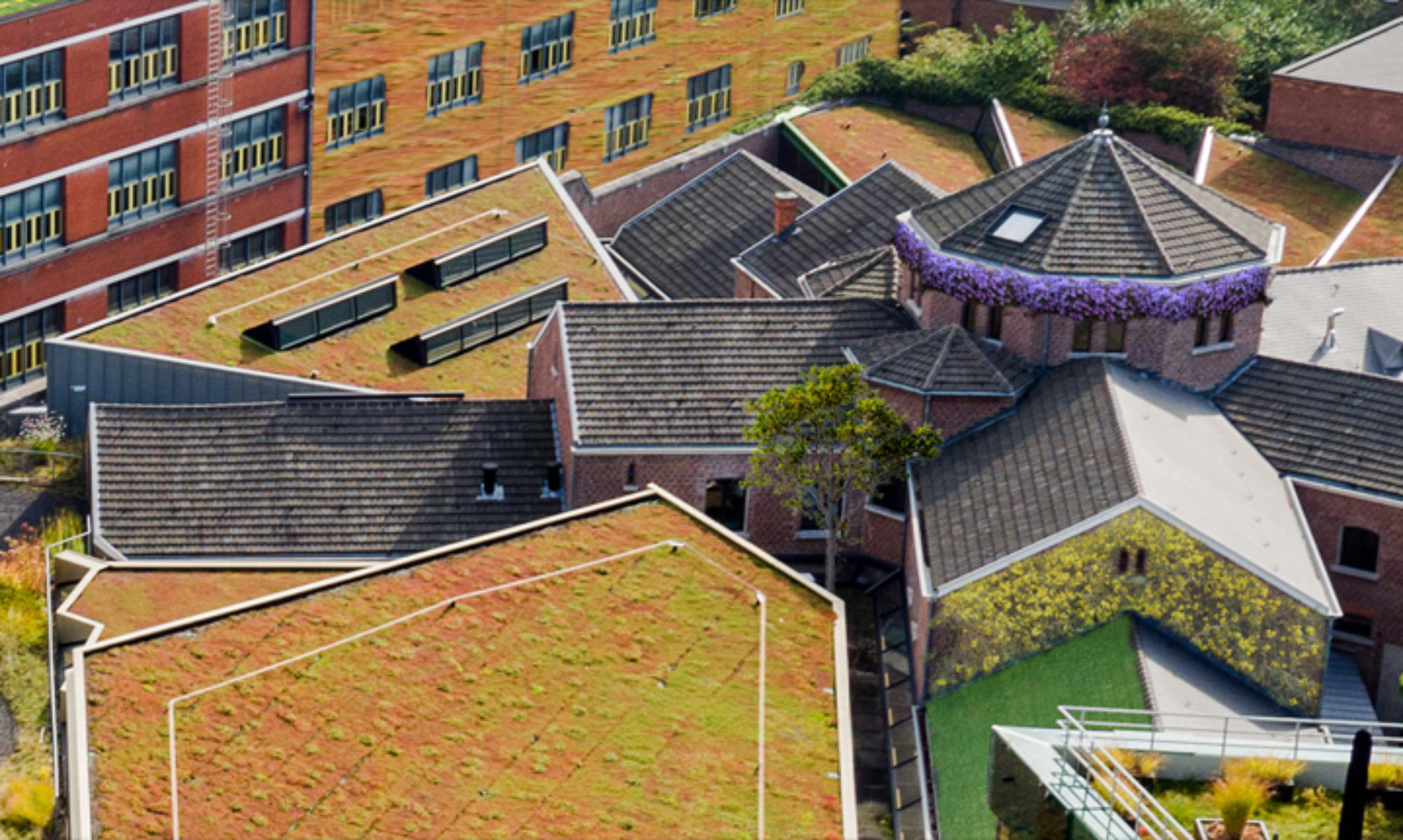Alhassan is a PhD Candidate at the School of Architecture and Built Environment in the University of Adelaide. He obtained his MPhil degree in Planning, Growth and Regeneration from the Department of Land Economy at the University of Cambridge, and a BSc. (Honours) degree in Human Settlement Planning from the Department of Planning at the Kwame Nkrumah University of Science and Technology. Prior to joining the University of Adelaide as a PhD Candidate, he worked as a Project Consultant at Training, Research and Networking for Development Group, an NGO which primarily focuses on providing sustainable solutions to water and sanitation problems through research among others in Ghana. His research interest generally falls within urban regeneration, urban planning, water recourse management and evaluation of regeneration projects. Currently, he is examining innovative ways in which rainwater could be managed as valuable water resource that will benefit society and also as a means of adapting to flood incidents by implementing nature-based solutions.

1. How can you relate your work activities to urban greening?
I focus on investigating the governance processes of implementing nature-based solutions, which is an umbrella concept of urban greening. My interest is to explore contemporary and historical case studies to understand the multifaceted factors enabling or constraining implementation. Consequently, I examine factors such as actors, policies and resources. My goal is to apply the lessons from these case studies in addressing water-related challenges such as flooding, droughts and water quality issues faced by urban areas.
2. What do you think are the key factors for a good human-nature relationship?
Urban greening, undoubtedly, will contribute to addressing the impacts of the human footprint on nature, which will reduce the imbalances. In particular, greening will ensure that the rate of paving urban areas with concrete systems is reduced. Additionally, urban greening concepts can help to integrated nature-based measures more into redevelopment projects. Moreover, it will bring nature close to humans while protecting and conserving waterways and aquatic organisms. There is also the potential to reduce urban heat airborne diseases through urban greening. Urban greening also provides the needed space for recreation and improved aesthetics. The more urban greening progresses, the more humans get connected to nature.
How can urban greening contribute as much as possible to this?
Nature has existed since the beginning of creation. However, humans have disrupted the operations of nature through anthropogenic developments such as buildings, water canals and roads. This interference has not balanced the human-nature relationship to ensure that both nature and humans co-exist without negatively affecting each other.
Hence, the core factor for a good human-nature relationship is creating systems that address the imbalance between nature and human needs. Several factors are required to achieve this goal. These factors include improved knowledge such that humans can appreciate the importance and functions played by nature, not just for human wellbeing, but for the broader ecosystem. Nature has existed since the beginning of creation. However, humans have disrupted the operations of nature through anthropogenic developments such as buildings, water canals and roads. This interference has not balanced the human-nature relationship to ensure that both nature and humans co-exist without negatively affecting each other. Hence, the core factor for a good human-nature relationship is creating systems that address the imbalance between nature and human needs. Several factors are required to achieve this goal. These factors include improved knowledge such that humans can appreciate the importance and functions played by nature, not just for human wellbeing, but for the broader ecosystem. Other factors include leadership, collaboration, participation and enforcement of regulations.
3. In which aspects would you like to see change in this in the short and long term?
An aspect of nature that has suffered severely from human interventions is natural waterways. For years, humans have depleted and encroached rivers and streams to the extent that the waters have become deadlier, in terms of flood occurrence. With this in mind, I want to see a change in the conventional approach to handling waterways. In this regard, reclaiming and/or restoring these precious gifts of nature is essential. To achieve a successful change, humans should adopt a holistic approach to urban greening. With this, greening should occur at a larger scale, such as catchment or city scale. Such an approach should integrate different and complementary elements of greening. Hence, the change needs to occur in the short and long term.
4. What advantages do green roofs and facades offer compared to other Nature Based Solutions in city’s like parks or urban gardens?
Green roofs and facades do not require huge space to be developed, unlike parks and urban gardens.
Green roofs and facades do not require huge space to be developed, unlike parks and urban gardens. Hence, a piece of land can be developed simultaneously for a building and a green space. Consequently, green roofs and facades offer the opportunity to put land to its efficient use. In cities with scarce space, green roofs and facades would be essential. Additionally, green roofs and facades improve the connection with nature given that they are implemented at the same site of the building. However, green roofs and facades should be integrated and connected with large-scale solutions to achieve effective results.
5. How do you see the future?
I have mixed feelings about the future. If I look at developed countries, they are investing significantly (even if not enough) in urban greening. They know the importance of urban greening and have the resources to induce a change. In contrast with developing countries, several factors are impeding the desired change. These factors including the lack of funding, inadequate knowledge and leadership. Hence, I see a future where developed countries will accelerate in the application of urban green measures while developing countries will face difficulties. It will be important for the developed countries to support developing countries both financially and technically.
